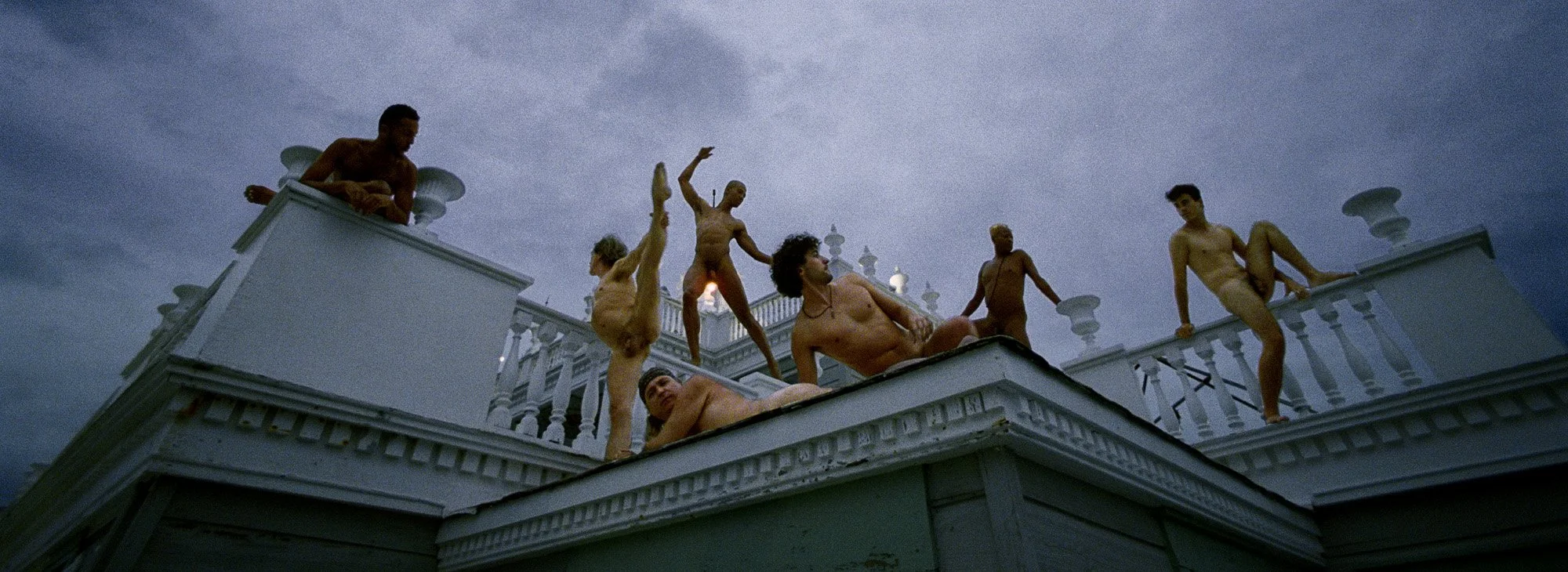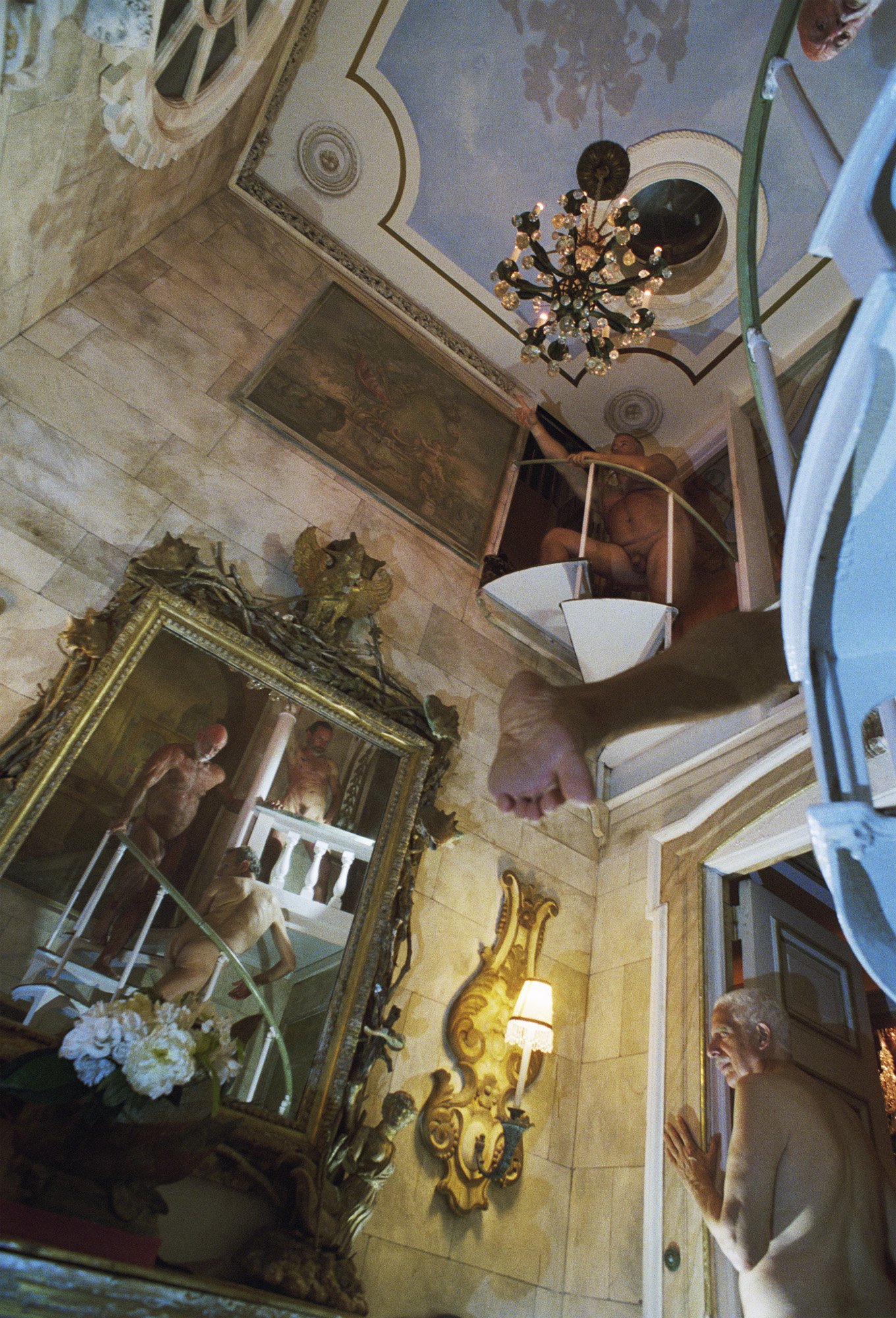Book Review: To Die Alive
From To Die Alive by Matthew Leifheit, Published by Damiani
Written by Nikkala Kovacevic
To Die Alive is a window into a bacchanalian dreamscape of pleasure, fear and, of course, mortality. Matthew Leifheit’s chosen subject, Fire Island, is famed for its wild parties, rituals and escapism from the harsh realities of the outside world. And while there is an inherent erotic pleasure that follows the island’s reputation, Leifheit reveals just a glimpse into the pain and catharsis that comes with absolute freedom.
Organized in tiers, To Die Alive walks readers through the mysteries of a night on the island in an inferno-esque journey. Beginning at “The Ice Palace” with interior shots of the island’s hotel sector, the messaging of Leifheit’s works is powerful and erotic yet clear; this is only the start of our descent through the night’s activities. This stage of the night concludes in a fiery bridge to the clubs, the partygoers transforming into mere shapes and blurred lines. There is a distinct devolution in Leifheit’s works, as the night begins to escalate, the photographs become more surreal, slowly removing us from any sense of time or space.
From To Die Alive by Matthew Leifheit, Published by Damiani
The figures are now sprawled through the sunken forest, their nudity and eroticism now more primal and animalistic in their forest backdrop. The book’s final section, “Talisman,” is an entirely surrealist take on the night’s conclusion. The island itself appears to have come alive, claiming the men as its own. The subjects blur and bask under the harsh light of the lighthouse, effectively being consumed by the island and its creatures. At this moment the island is not situated in any form of reality. In terms of this version of the inferno, the island-goers have reached its center, where their lust and pain and freedom all begin to coexist.
The evocative and Dionysian qualities of Leifheit’s works are reminiscent of the island’s history and concept. Removed from the constraints of a homophobic and sexually repressed society, Fire Island offers freedom and connection in a way that couldn’t exist anywhere else. One could argue that the island exists on a separate plane from the rest of the world, so timeless and free that it is closer to fantasy.
From To Die Alive by Matthew Leifheit, Published by Damiani
It is this concept of fantasy that Leifheit leans into most; that while he showcases the most cathartic and genuine of human emotions, the only environment in which they can be showcased is one that exists separately from reality. Like Dante, Leifheit believes that the closest one can come to confronting the truth of the human condition is to confront death. To Die Alive is a journey through humanity’s erotic desires and primal fears alike, and what it means to be entirely free.
To Die Alive by Matthew Leifheit is available for purchase here.












